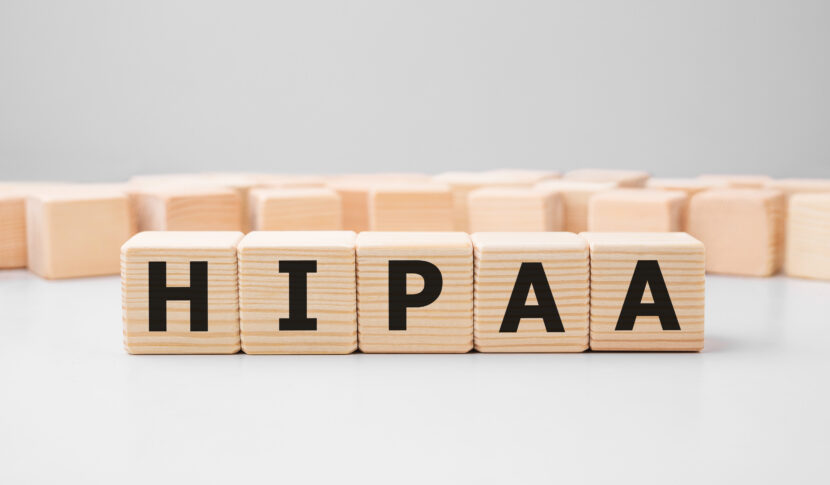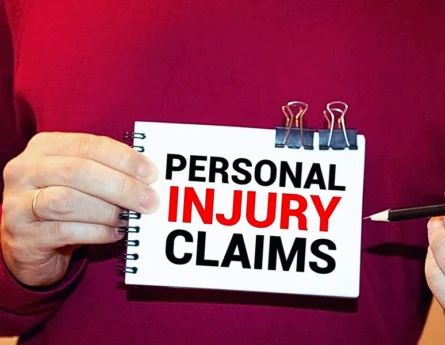As a chiropractor treating personal injury patients, you often collaborate with attorneys to support claims and ensure patients receive fair compensation. While this partnership is essential, it also raises important questions about patient privacy and compliance with HIPAA (Health Insurance Portability and Accountability Act). Understanding how HIPAA applies when working with lawyers helps protect your patients, your practice, and your professional reputation.

Clear communication and careful documentation are key. Here’s what every chiropractor should know when navigating HIPAA in the context of personal injury cases:
Understanding HIPAA Basics
HIPAA exists to safeguard patients’ protected health information (PHI). Chiropractors are considered covered entities under HIPAA, which means you must follow strict rules when disclosing patient information. PHI includes any details that can identify a patient and relate to their health, treatment, or payment.
When working with lawyers, the goal is to share necessary information while maintaining compliance. This includes treatment records, diagnostic results, and progress notes. However, you must ensure that any disclosure is authorized and documented properly.
Written Authorization Is Key
Before sharing records with an attorney, obtain a written HIPAA authorization from the patient. This form should clearly specify:
- The information that may be disclosed.
- The parties who may receive the information.
- The purpose of the disclosure.
- The expiration date of the authorization.
Without this authorization, sharing PHI could violate federal law, even if the intent is to support a patient’s claim. Encourage patients to sign these forms early in the treatment process to avoid delays in their legal cases.
What Information Can Be Shared?
Chiropractors can provide attorneys with relevant treatment records that help establish the nature, extent, and causation of injuries. This may include:
- SOAP notes and detailed progress records.
- Imaging and diagnostic test results.
- Treatment plans and rationale for care.
- Objective findings that link the accident to the injury.
Only share information necessary for the case. Avoid including unrelated medical details that do not support the claim, as this could expose you to HIPAA violations.
Protecting Patient Privacy
Even with authorization, patient privacy must remain a priority. Best practices include:
- Secure transmission: Use encrypted email, secure portals, or fax with verification to send records.
- Limited access: Ensure only relevant staff handle records sent to attorneys.
- Accurate documentation: Keep copies of all disclosures, including dates, recipients, and purpose.
Maintaining these standards protects patients, supports your professional credibility, and minimizes risk to your practice.
Communication with Attorneys
Clear communication between chiropractors and attorneys is essential. Attorneys often rely on your expertise to interpret medical findings and explain treatment plans in legal terms. When sharing information, clarify what records are being sent and why, timelines for treatment or progress updates, and observations about functional limitations or ongoing care needs. This collaboration ensures that your documentation is both clinically accurate and legally useful, while keeping the patient’s privacy intact.
Working with lawyers as a chiropractor can be beneficial to patients, but it comes with responsibilities under HIPAA. Always obtain written authorization, share only necessary information, and maintain strict privacy practices.




